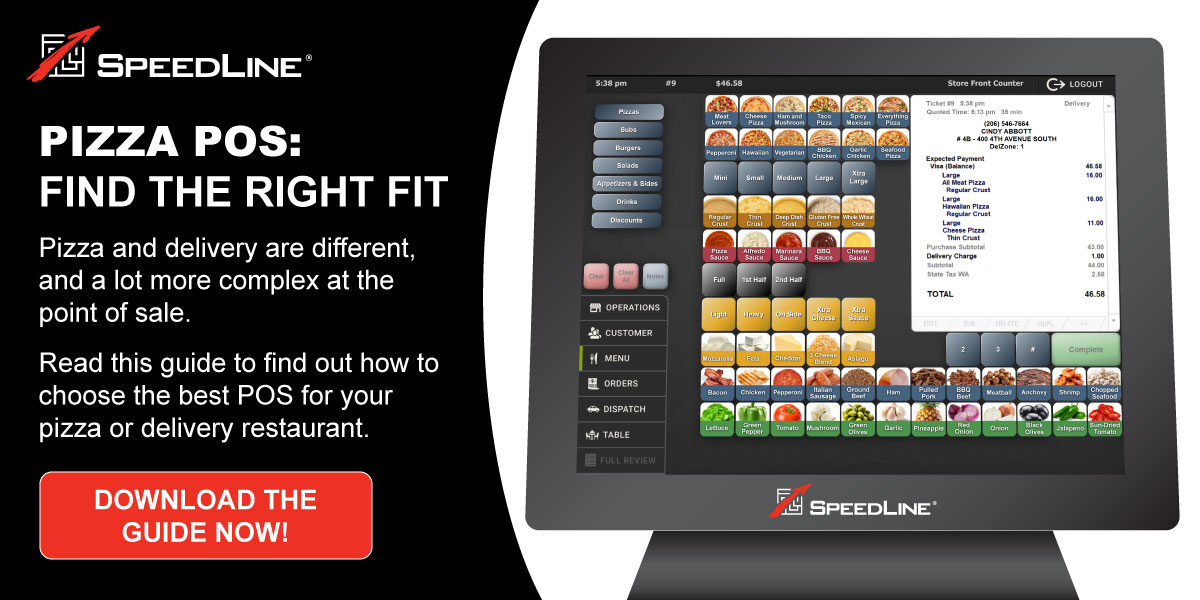Emails are an essential component of your restaurant’s marketing strategy. However, getting your customers to open your emails (let alone click a call to action) is a challenge many business owners face. This article outlines restaurant email marketing best practices and common mistakes to avoid.
Subject Line
It’s easy to become so focused on writing the body of an email that its subject line becomes a last-minute thought. However, it’s equally as important—it’s the first part of your email that customers see when they open their inbox. Your subject line must stand out from the other marketing content while providing an idea of what to expect, value, or incentive. Use customer data to personalize emails by addressing the recipient by their name with recommendations based on their past orders or preferences.
Introduction
Many readers skim their emails, so although it’s important to have an introduction outlining your content, keeping it concise is best. Many writers find it easier to build out the main content and then do the introduction last once they have a better idea of the final product.
Paragraphs
It’s tempting to squeeze as much information as possible into your email but remember: more content doesn’t mean more effective. An email is a vessel for notifying your customers that you have something important to share. Much like a TV commercial doesn’t share every product detail, an email should provide only the key information. The details should be left to pieces of content designed to be lengthier, such as a blog post or video. Research shows that the ideal email length is only 50 to 125 words. Although this isn’t a hard and fast rule, consider condensing your content if your click-through rates are below your target range.
Headers
Most recipients will skim your email in less than 10 seconds—no matter how compelling your content may be. Instead of overlooking these readers, tailor your content to their reading habits and preferences. Consider adding large, clear headings that state the value or core focus of that paragraph. That way, readers can quickly understand what your email is communicating and jump to the section they find most valuable.
Imagery
People are more responsive to emails with relevant imagery. This can be mouthwatering pictures of your promotional dish, an animated GIF highlighting a new 2-for-1 deal, or the grand opening of a new location. For example, a banner is an excellent way to include an image in your email with relevant information about the content inside. Imagery also creates consistency across future email campaigns while adding additional branding. However, it's important to optimize your images for email. If the file size is too big, it may not load properly, or some accounts may automatically flag it as junk. If it's too small, it will become pixelated and look unprofessional.
Call-To-Action
Marketing emails need a call-to-action (CTA) to guide recipients on what to do next. Whether it's to order online, make a reservation, play a video, or redeem a coupon, make your CTA button prominent and compelling. Keep your button short and to the point, with action-based phrases such as: “Reserve”, “Try Now”, “Redeem”, or “Learn More”. Keep in mind that research shows having too many CTAs can reduce conversion rates, so limit them to the essentials.
Final Tweaks
As you approach the final product, it’s time to start thinking about how the reader will view your email. Ask important questions, like:
- How long does it take to read?
- Is it easy to skim?
- Do all the links work?
- Do all the images have alt text?
- Is it optimized for mobile?

An email that looks great on a desktop but is challenging to read on a smartphone is a missed opportunity.
Audience and Timing
Your email is almost ready! Before hitting ’send’, segment your email list. This ensures that your messages are tailored to specific customer groups. Use data from your pizza POS software to categorize customers based on their preferences, ordering history, or location to send content that resonates with each group.
Consider the best time to send your email. Over time, you can experiment with different send times to determine when your emails get the best response. Sending emails a few hours before mealtime or during lunch breaks can be particularly effective for restaurants.
Conclusion
Crafting effective restaurant marketing emails is a skill that can truly make a difference in the success of your business. Continuously test different elements of your email campaigns, such as subject lines, content, and CTAs. Above all, be authentic and customer-centric in your email marketing efforts. Your customers should feel like they're part of an exclusive community and that you genuinely care about their dining experience. By following these best practices for email marketing, you can create content that captivates your audience, fosters customer engagement, and ultimately boosts your bottom line.
Ready to hone your restaurant’s marketing strategy? Check out the Pizza & Delivery Marketing eBook.
Posted on Wed, Nov 01, 2023 @ 08:11 AM.
Updated on November 1, 2023 @ 3:01 PM PST.


